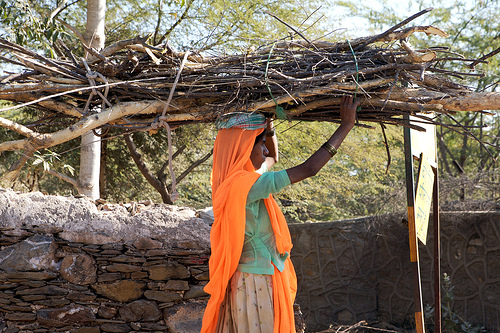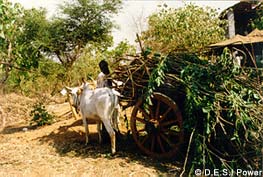Punjab Green Hydrogen Policy
<p>The Punjab Energy Development Agency has released a draft green hydrogen policy aiming to achieve a green hydrogen and ammonia production capacity of 100 kilo tonnes per annum by 2030. The policy proposes
<p>The Punjab Energy Development Agency has released a draft green hydrogen policy aiming to achieve a green hydrogen and ammonia production capacity of 100 kilo tonnes per annum by 2030. The policy proposes
This report from the Biofuels task force of the World Energy Council reviews the debate between supporters and opponents of Biofuels, against the backdrop of rapidly increasing energy demand. Skyrocketing prices of crude oil in the middle of the first decade of the 21st century accompanied by rising prices for food focused political and public attention on the role of biofuels.

<p> This new report presents a unique perspective on energy access in developing countries. Presents the experiences of energy use and deprivation of people living in poverty & alongwith recommendations on policy, financing & capabilities towards creation of a vibrant energy access “ecosystem” of energy product and service providers, engaging public, private & civil society sectors.</p>

<p>This comparative analysis of two biomass - based decentralized renewable energy companies operating in Bihar, DESI Power and Husk Power Systems, provides insight into business strategy and technological suitability of biomass based decentralized energy generation plants for rural India and highlights critical elements that may be of high relevance for replicating similar solutions in other geographical locations.</p>
<p>This report presents an overview of the policies, programs, and practices undertaken in APEC economies and beyond to ensure that the liquid biofuels they produce and consume achieve desired sustainability . It concludes with recommendations to collaborate on systainable biofuels activities and promote all areas of sustainability.</p>
MUMBAI: Sunlight, biomass and wind will be harnessed to light homes in the island city.
This report forms part of a project aiming to develop a South-South-North partnership to reshape the impact of a predicted large-scale expansion in global biomass energy use towards greater poverty reduction and maintenance of ecosystem services in developing countries. The consortium of partners represents leading biomass energy researchers from multiple disciplines.
In recent years, renewable energy has increasingly attracted public and policy attention particularly for its potential to contribute to reductions in GHG emissions. Most interest has focused on the use of renewables in power generation and as biofuels.
<p>This research examines how patent applications and the granting of patents developed at the European Patent Office in 2010. It also examines how the EPO has dealt with other applications for patents on conventionally bred plants following the decision on the broccoli patent. The report shows a steadily increasing number of patent applications and patents granted at the Patent Office.
Nitrogen (N) is essential to the survival of all life forms and often limits productivity, decomposition and the long-term accumulation of carbon in terrestrial ecosystems. Soil and vegetation are the respective primary and secondary sinks for N in terrestrial ecosystems. Litter production determines the amount and quality of N returned to the forest floor and mineral soil. Decomposition of litter is crucial for N recycling and is influenced by a number of factors, including litter concentrations of N and lignin.

Sugar mills need to invest only an additional Rs 2.3 crore to generate 1 MW of power, whereas conventional power generation from coal costs Rs 3 crore per MW, reports a task force constituted by the